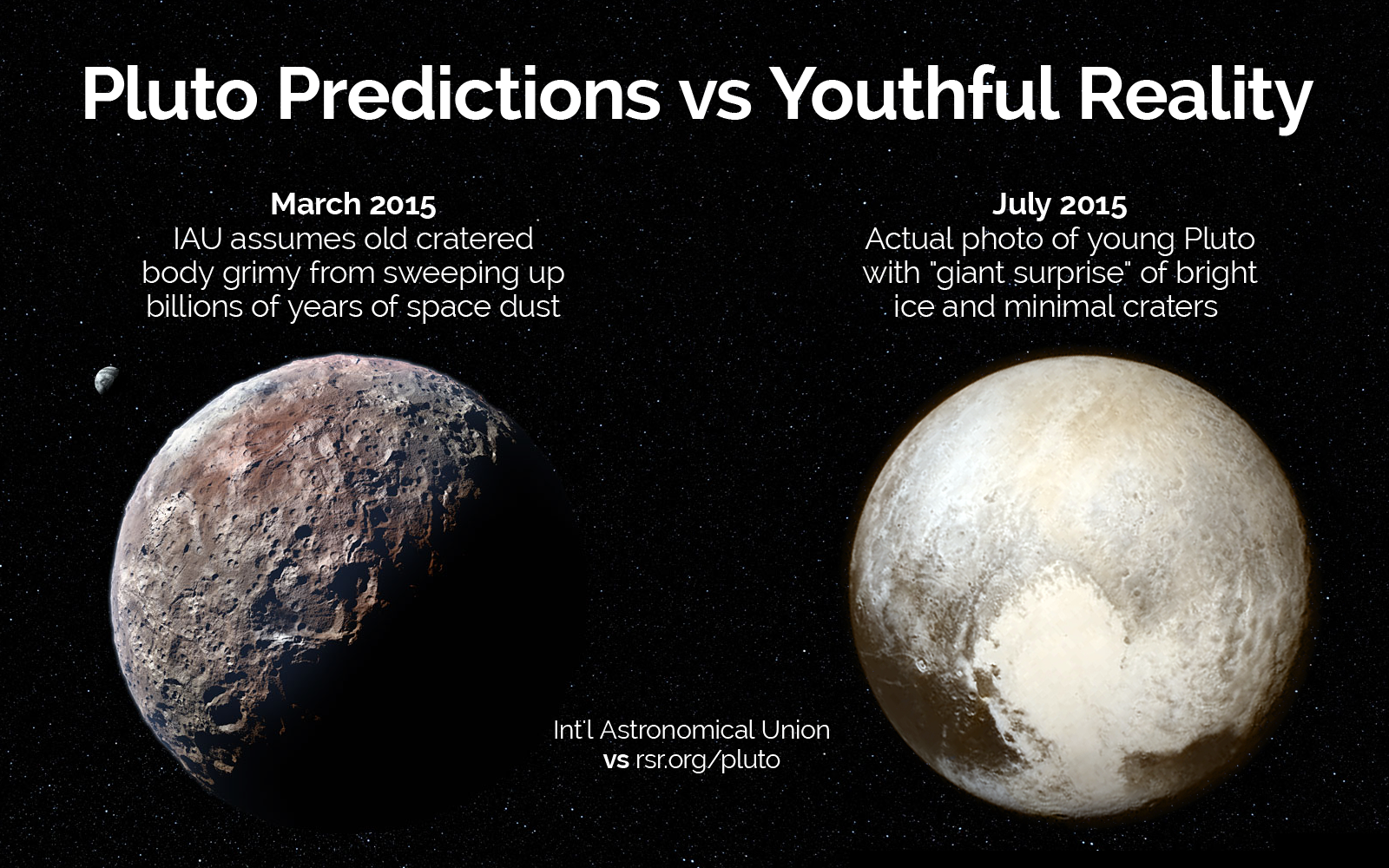Actually I was going somewhere with that and it has everything to do with the topic. I'll go ahead and answer the question myself.
Mercury is covered with craters for a number of reasons, primarily: 1) Mercury's surface is solid rock; 2) It has been geologically inactive for aeons, hence no volcanoes or geysers to spew out material that would fill in craters; 3) It has almost no atmosphere, hence no weathering of the rocky craters (although the surface is subjected to
space weathering).
Pluto, by contrast, is not solid rock. It is covered in a layer which is primarily composed of ice and includes frozen nitrogen and methane. Strong evidence of geologic activity exists, including
cryovolcanoes that would help to fill in and cover craters on the planet's surface. Its atmosphere is slight, but it does have one. These facts explain why Pluto is not covered with craters, and except for the atmosphere, they also apply to Charon, the largest of Pluto's moons. So the fact that Pluto and Charon are not covered in craters is not evidence of young age.






